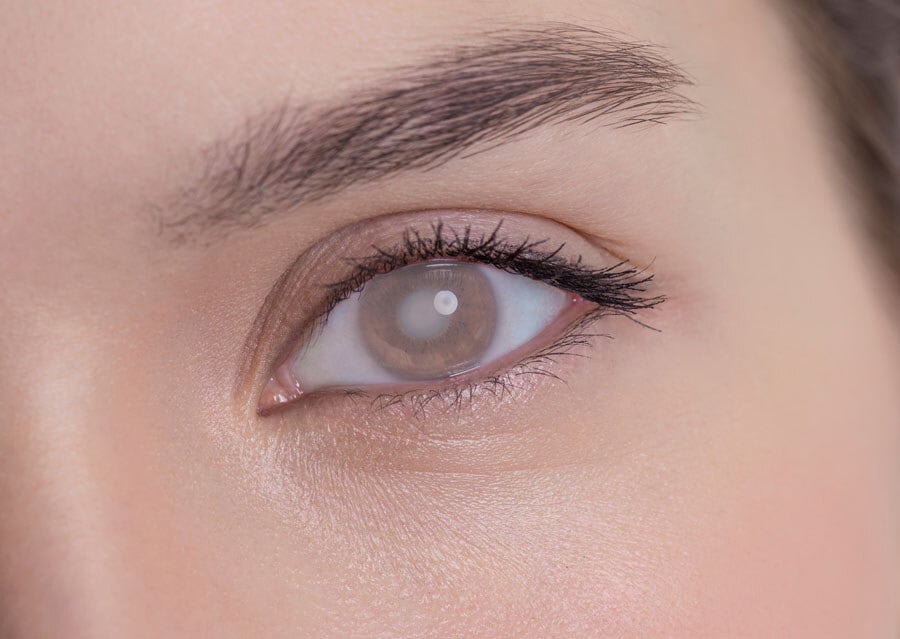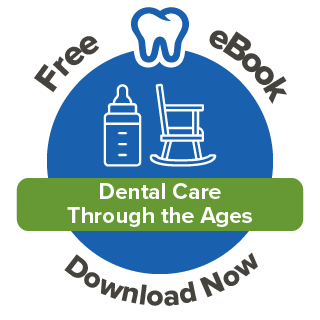By Andrew Hickey on Jul 22, 2024 @ 12:56 PM
Cataracts are a common eye condition. The condition occurs when the eye’s lens becomes cloudy, which decreases vision. More than 24 million people in the U.S. over age 40 have cataracts. Living with cataracts impacts daily activities that we take for granted like driving, reading, and going to the grocery store. However, it is possible to manage your symptoms and make everyday tasks easier.
If it is necessary for you to have cataract surgery, the good news is that cataract procedures are safe and have been performed on approximately 6.1 million Americans.
In this blog, we will be discussing the signs and symptoms of cataracts, steps you can take to manage the condition and how insurance works with cataract surgery.
Key Takeaways:
- Cataracts develop when the eye's lens becomes cloudy, impacting vision and daily activities.
- Early signs of cataracts include cloudy vision, seeing halos around lights, and difficulty with night vision.
- Factors like age, diabetes, smoking, and sun exposure increase the risk of developing cataracts.
- Managing cataracts involves seeking help, limiting nighttime driving, and improving home lighting.
- Cataract surgery is a safe and effective solution with a high success rate.
- The cost of cataract surgery varies based on factors like the type of lens and surgery performed.
- Recovery from cataract surgery typically takes four to six weeks per eye, with post-surgery care being crucial for a successful outcome.

The Definition of Cataract Eye
A cataract occurs when the once-clear lens of your eye becomes clouded, obstructing the passage of light due to a buildup of proteins. While cataracts can develop in varying degrees in both eyes, often only one eye is impacted. As you age, cataracts become increasingly common, typically starting around age 40. Without intervention, the condition can progress, potentially leading to vision impairment.

Early Signs of Cataracts
At first, you may not notice that you have a cataract. It can start with you having trouble reading or doing other everyday activities. As the cataract grows, you will experience more noticeable changes in your vision.
Here are common signs that you may have a cataract in your eye:
- Your vision is cloudy or blurry.
- You see a ‘halo’ around lights.
- Colors look faded and not as bright.
- You can’t see well at night.
- Lamps, sunlight, or headlights seem too bright.
- You see double (this sometimes goes away as the cataract gets bigger)
- You need to change the prescription for your glasses or contact lenses often.
Ways You Can Develop Cataracts
Your risk for cataracts goes up as you get older. You also have a higher chance of developing cataracts due to other factors such as:
- Diabetes
- Smoking
- Excessive alcohol use.
- A family history of cataracts.
- A previous eye injury, eye surgery, or radiation treatment on your upper body.
- Overexposure to the sun.
- Use of steroid medications to treat immune disorders, cancer, or inflammatory conditions.
If you’re worried you might be at risk for cataracts, talk with your doctor. The cataracts could also be a sign of other eye problems.

How to Live with Cataracts
There are practical strategies to effectively navigate life with cataracts, making your daily experiences smoother and more manageable.
- Ask friends and family for help with daily activities.
- Limit your nighttime driving: There are minimum vision requirements you must meet to be able to drive. Your cataracts may cause you to see glare from light sources and it could be harder to read street signs.
- Go in for comprehensive eye exams: You should have a comprehensive exam every one to two years. Your doctor may need to prescribe a stronger prescription for glasses or contacts.
- Improve the lighting in your home: If your cataracts are making it difficult to see you can use brighter lightbulbs or position lights directly behind you.
- Change up your diet: Eating foods rich in antioxidants, vitamins, minerals, and fats can slow down cataract growth.

Cataract Eyes Surgery
Dealing with cataracts may offer temporary relief, but the ultimate solution lies in cataract surgery. Deciding on the right time for surgery is crucial, taking into account your doctor's advice, your symptoms, and any other eye conditions you may have.
Despite the apprehension surrounding eye surgery, rest assured that cataract surgery boasts a 99% success rate. The procedure involves the removal of the cloudy lens and its replacement with an artificial lens. Typically, cataract surgery is done one eye at a time, with procedures for both eyes spaced about a month apart.
Lasting less than an hour and usually performed under local anesthesia, cataract surgery is a safe and effective solution. To delve deeper into this option, consider scheduling a consultation with an ophthalmologist.

How Much Does It Cost for Cataract Surgery?
Cataract surgery may be eligible for coverage under private health insurance, Medicare, and Medicaid (in select states). Coverage will be contingent upon meeting the criteria of medical necessity, particularly in cases where vision impairment is significant.
The expenses associated with cataract surgery can vary based on factors such as:
- The setting: Going to an ambulatory surgical center tends to cost less than having the surgery at a hospital.
- Type of lens: There are monofocal lenses, which improve the vision at one distance only. Multifocal lenses help you see both near and far distances. You will need to check with your insurance on what lenses are covered.
- Type of surgery performed: Manual or laser-assisted cataract surgeries can be performed. The cost will vary based on the technology used.
- Follow-up care: Costs are also determined by the type and amount of post-surgical follow-up care needed.
- Your insurance coverage: The national average cost of cataract surgery per Medicare is $1,587 when performed at an ambulatory surgical center and $2,627 at a hospital.

How Long Does It Take to Recover from Cataract Surgery?
As you recover from cataract surgery, it's essential to give yourself four to six weeks per eye for a full recovery. During the initial days post-surgery, you may experience some side effects like grittiness, redness, watering, or itching in your eye. Remember not to rub your eye during this time.
The duration of your recovery will vary depending on your daily activities and whether you require new glasses or contacts. It's advisable to steer clear of tasks such as heavy lifting, wearing eye makeup, or swimming until your ophthalmologist gives you the green light. Your doctor will provide guidance on when you can resume these activities. Following your doctor's post-surgery care instructions and using any prescribed eye drops as directed is crucial for a successful recovery.
If you’re noticing symptoms, considering your choices, or simply want to learn more about cataracts, we hope this article has been informative. Seek out an ophthalmologist in your area for further guidance on what best suits your needs.
Want to have Solstice benefits? Call our sales team at 877.760.2247 or email Sales@SolsticeBenefits.com
Already have Solstice benefits? See your plan details by going to https://www.mysmile365.com/ or calling us at 1.877.760.2247.





comments